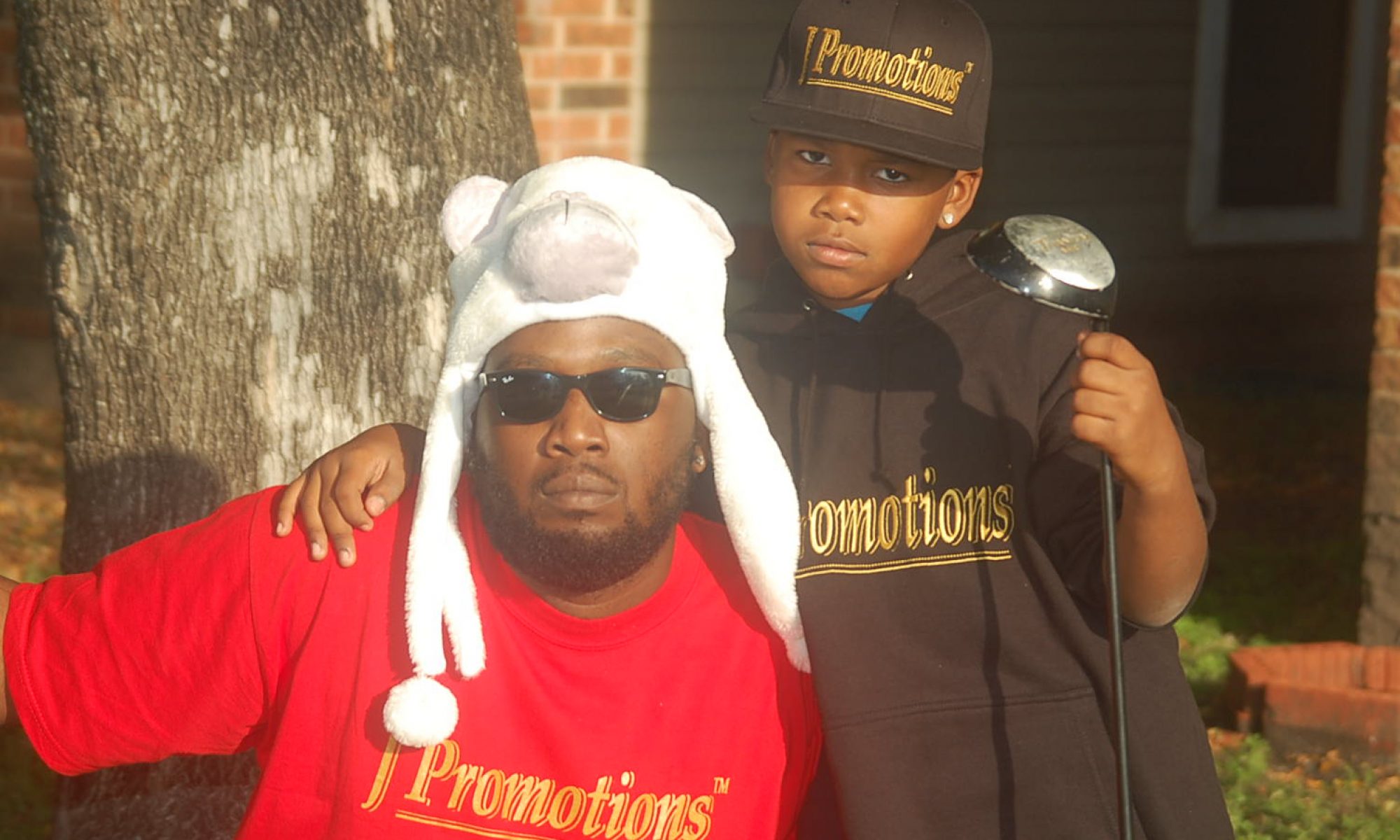PEORIA, Ill. ― Nikita Richards has thought about running for public office for as long as she can remember. She just figured she didn’t fit the mold.
Richards, a 34-year-old public relations consultant who lives in Bloomington, doesn’t mingle with the Democratic elite. She’s not rich. She’s an African-American single mom in a predominantly white Republican area. Her closest brush with politics has been working with clients who are local elected officials.
But something changed after Donald Trump won the presidency in November. Richards’ initial feelings of shock and devastation gave way to a sense of urgency. She started getting involved with local progressive groups, meeting up with others to write letters to their congressman, Rodney Davis (R-Ill.), about preserving free preventative care services amid health care reform. She met a woman running for town supervisor ― a Democrat, roughly her age, running for a seat Republicans have held for years. The woman told Richards that Democrats needed her, too, and that they would have her back if she decided to run for office.
“I’d never had anyone say that to me,” said Richards. “She was just like, ‘I see something in you.’”
This is how Richards came to be one of a few dozen people who gathered in Peoria in late February for Build the Bench, an all-day boot camp designed to train Democrats on how to run for local office. Rep. Cheri Bustos (D-Ill.) organized the event, which offered attendees an extraordinary level of nuts-and-bolts details on how to run a successful campaign, with presentations from organizers of Barack Obama’s presidential campaign and representatives of the Democratic Congressional Campaign Committee.
By the end of the day, Richards was brimming with determination and armed with a binder full of notes. She even had a local office in mind that she planned to run for, though she didn’t want to give it away. “I was scared,” she said. “Now I’m ready.”
The Democratic Party is seeing an explosion of interest around the country from people like Richards ― progressives who have realized, in the wake of Trump’s win, that the future of the party is up to them.
These newly galvanized people are organizing protests locally and nationally. They’re flooding the phone lines in Congress. And they’re ready to run for office. One grassroots mobilization group, Run for Something, has already had 7,500 millennials commit to running for state and local office, according to co-founder Amanda Litman ― and they just launched on Jan. 20.
Build the Bench is also looking to channel that energy. Bustos says one of the most effective things Democrats in Congress can do is recruit and train people to run for local seats in their districts ― town council, school board, maybe even the county coroner (yes, this is an elected position in some places). The point is, it’s getting more Democrats started in politics.
“People are energized. We’ve got to do something about that,” she said. “I can’t think of a better thing to do than to get people ready to run for office. That’s what this is all about.”
Bustos came up with the idea for Build the Bench last year, when, as vice chair of recruitment for the DCCC, she noticed the party was struggling to find good candidates. “I was like, how in the heck can we not find someone great to run when there’s 700,000 people who live here? But we couldn’t, in several areas.”
She realized there may be lots of people interested in public service but they just don’t know how to get started, or they feel intimidated. She began personally recruiting people in her district ― sometimes just random people she met who impressed her ― for Build the Bench. She’s the only Democrat in Congress spearheading a program like this.
The boot camp is an intensive but casual affair. Bustos rented out a union hall in Peoria from 9 to 5 on a Saturday and provided granola bars, doughnuts and coffee. Turkey sandwiches arrived later for lunch. Campaign veterans rotated in throughout the day, giving crash courses on digital marketing and how to construct an effective stump speech. They gave insider tips on how to ask someone for $1,000 without making it totally awkward: Take a long sip of water immediately after asking, which seems bizarre (remember Marco Rubio’s swigs of water?) but apparently it keeps you from rambling. There were exercises, too, like writing a 30-second campaign pitch and practicing it in front of the room.
Prospective candidates cheered each other on throughout these exercises and offered advice on what worked and what didn’t. In between sessions, they mingled and traded stories about their political plans.
It’s not as easy for a woman to pick up and go into a field like this as it may be for a man.
Nikita Richards of Bloomington, Illinois
Bustos developed the program with political advisers like Emily Parcell, an Obama campaign alum who’s worked on local, state and national campaigns. It costs only a few thousand dollars to put it on, said Bustos, who paid for it out of her campaign money. She held her first boot camp in May 2016 and capped it at 25 people to keep it more personal. She had to increase the cap to 34 people for the February session due to interest ― and still had a few dozen people on a waiting list.
Bustos is thinking beyond local politics. Grooming stronger Democratic candidates at the local level means a stronger set of candidates for statewide and national runs down the road. Sometimes all it takes to get someone interested in public office is asking if they’ve considered running, Bustos said, and pointing out the potential they have. That’s how it happened for her when she was first asked to run for East Moline City Council in 2007.
“It wasn’t something that I thought of,” said the three-term congresswoman. “I wouldn’t have done it if I hadn’t been asked.”
She told the group she was initially put off by the idea of running for office and declined. She worried about being able to financially support her family while running, and her husband was opposed to it. But she found a way to make it work and got her husband on board.
Richards could relate to Bustos’ concerns about work-life balance. “That’s real life,” she said. “It’s not as easy for a woman to pick up and go into a field like this as it may be for a man.”
Every boot camp attendee HuffPost talked to said Trump was a factor in their decision to look at running for office. But they had other reasons, too. Jodie Slothower, 57, is already running for clerk of Normal Township. Democrats haven’t had a seat on the board since 1971, and the current slate of board members is almost entirely white Republican men. There are six Democrats vying for eight seats this year, and five of them are women. Slothower thinks the surge of progressive momentum in her town can push them to victory in the April 4 race. Sen. Dick Durbin (D-Ill.) even gave their small township election a shout-out recently.
“We’re engaging people,” said Slothower. “People are upset, and a lot of them are women that, even before the Women’s March, got involved. We’re just so frustrated on a very personal level.”
Slothower, a former college teacher, made her foray into politics in November, when she and a friend launched Voices of Reason, a group aimed at mobilizing Democrats in central Illinois to fight Trump’s agenda. It’s a traditionally GOP region, so she expected maybe a couple of hundred people to join. But they’re at 1,600 members and growing. Amid some of her activism ― which has included protesting Rep. Davis for not holding a town hall on health care ― Slothower heard about the upcoming Normal elections and decided to run.
(She was unimpressed by HuffPost’s idea for a campaign slogan, Do You Really Want Trump As The New Normal? Vote Democratic. “I don’t know,” she said politely. “The jokes don’t really work well. We’ve heard them so long.”)
Will Lee, a 31-year-old attorney, said he’s running for a seat on the Whiteside County board in 2018 because he’s pissed off at the Democrats on the board who recently appointed a state’s attorney who had voted Republican “every year of his life, except for the last primary,” said Lee. They didn’t even interview a black Democratic woman who applied for the job, he said, which is unacceptable to him.
“This is something where I want to put my money where my mouth is,” said Lee, who lives in Sterling with his wife and 4-year-old child. “I do civil rights and employment law. We don’t make as much money as other attorneys. But I get to wear my pink tie and go fight for people.”
Lee’s father is the mayor of Sterling, and while he had thought about running for statewide office, it seemed daunting. He didn’t want to choose between politics and his legal career or parenting. But running for a county seat seems doable.
“I used to think I was chickenshit for not making any change. But now I have a Democratic county board appointing a Republican to state’s attorney. This is an important seat,” Lee said. “I couldn’t get him fired, but I can say, ‘I’m going to cut his budget. I can tie his hands.’ That is real.”
Others, like Shanna Shipman of Peoria, left Build the Bench clearly energized but more reluctant about the timing of a run for office. Shipman, 37, is a single mom of four who works full time at the American Institutes for Research. She wants to make sure her kids remain her priority for now, so she’s giving herself four years before considering a campaign.
“I do not take lightly the profound shift that will happen once pursuing a public servant life,” said Shipman. “And it’s something, when I do it, I’m going to do it full-out.”
She followed up with The Huffington Post after the boot camp to with updates on the surge of activity in her community. “Momentum going strong in my town,” she texted weeks later, in early March. “You could attend a different meeting every day of the week if you wanted ― women’s rights, religious tolerance, environmental issues… Energy seems to be sustaining, and I really do feel this new urgency and participation is a silver lining that may impact outcomes next cycle.”
In the end, Shipman may decide to run for office for the same reason she’s not ready to right now: her kids. “I look at my 14-year-old, who knows that I’ve been upset about how certain things are happening, and I would like, rather than her impression be that mom is complaining … that mom’s acting. You know?”
Bustos is already planning her next Build the Bench boot camp in a different town in her district, and she’s hoping to franchise it for other Democrats. She’s been working with the DCCC to present a template to colleagues to roll out the program in their districts. She has also talked to newly elected Democratic National Committee chair Tom Perez about it.
“This is not a major time commitment for anyone,” she said. “You just ask somebody to commit a full day, where they will walk away from that event and be prepared to run for office and to know what it takes to win.”
Looking around at the group of enthusiastic Democrats she assembled, Bustos added, “I hope there’s a future congressman or woman here.”
— This feed and its contents are the property of The Huffington Post, and use is subject to our terms. It may be used for personal consumption, but may not be distributed on a website.
Source: HuffPost Black Voices

